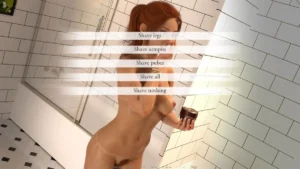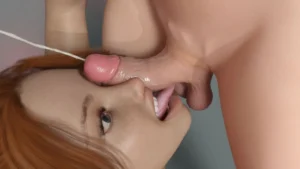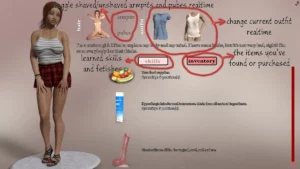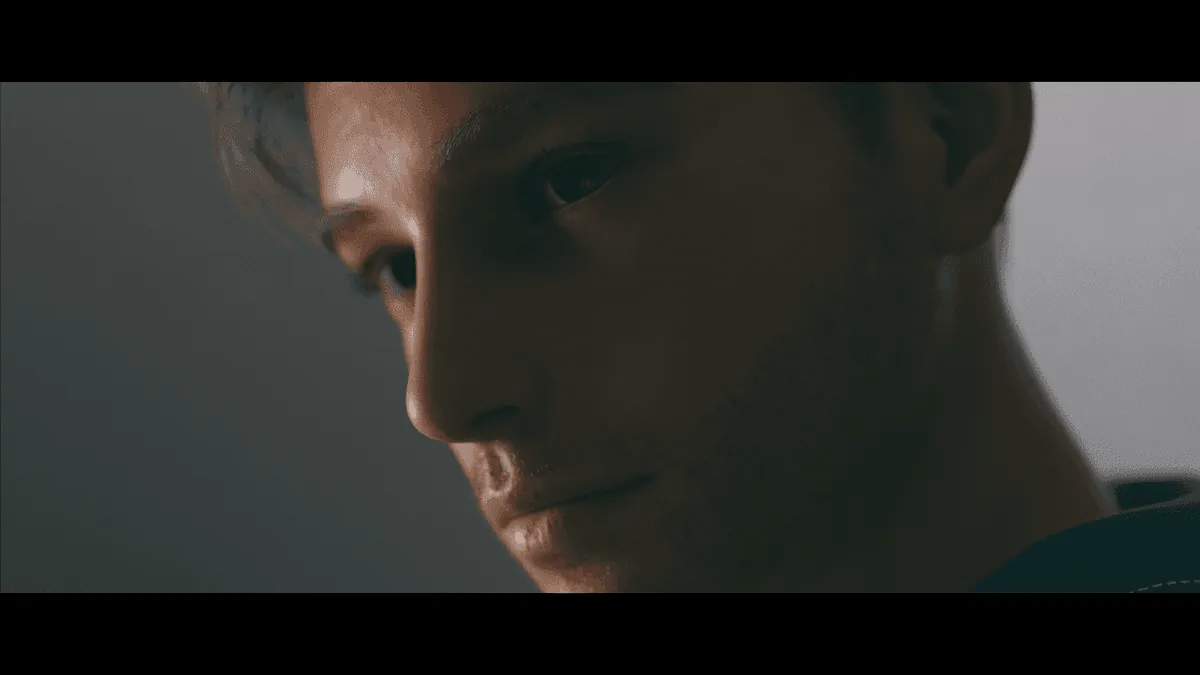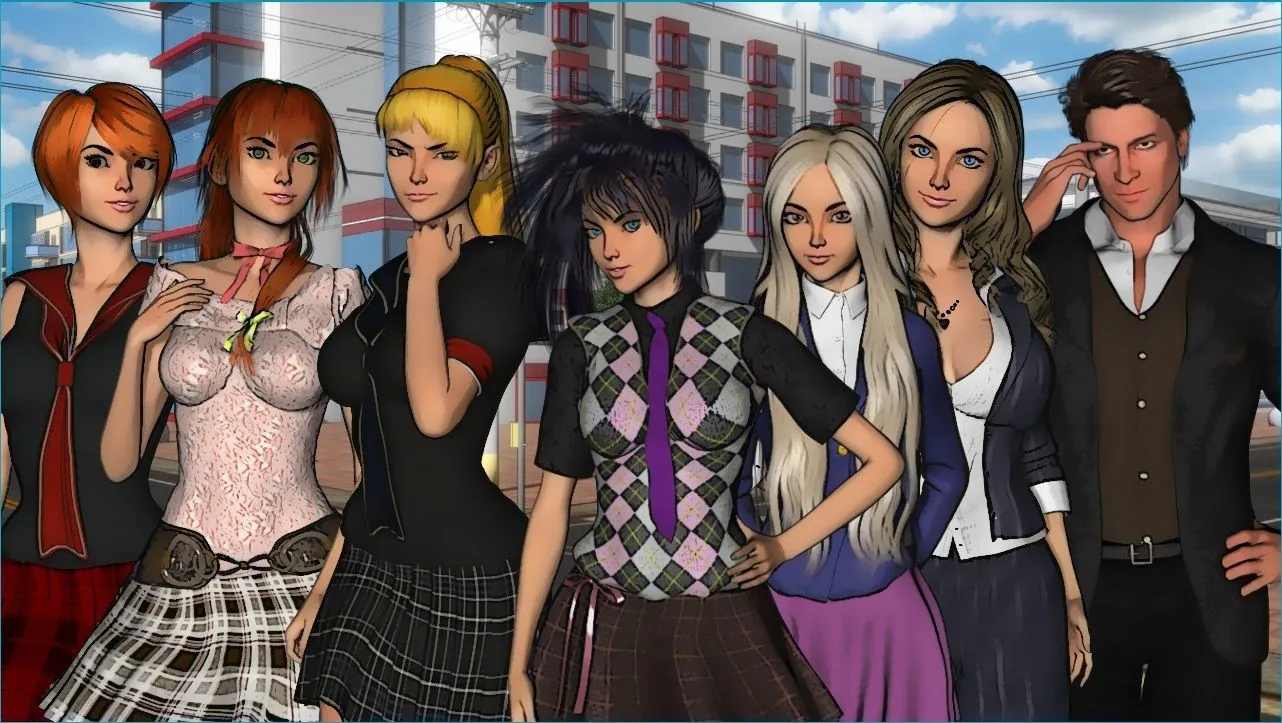
Beauty and the Thug
Play Beauty and the Thug
Beauty and the Thug review
Everything you need to know about this indie adult simulation experience
Beauty and the Thug stands out as a unique indie adult simulation game that has garnered attention in the gaming community. This interactive experience combines narrative elements with relationship-building mechanics, offering players a chance to engage with dynamic character interactions and branching storylines. Whether you’re curious about the gameplay mechanics, character development systems, or overall experience, this guide provides comprehensive insights into what makes this title distinctive. Understanding the core features and mechanics will help you determine if this game aligns with your interests and expectations.
Understanding Beauty and the Thug: Core Gameplay & Features
What Makes This Game Unique in the Indie Scene
Let’s be honest—the indie adult simulation scene can feel a bit… repetitive. 🤔 You often find the same themes, the same basic mechanics, and the same predictable outcomes. I’ve played my fair share, and I was starting to think nothing would truly surprise me. Then I downloaded Beauty and the Thug. From the first few minutes, it was clear this wasn’t just another cookie-cutter title. It’s a breath of fresh air, and it all comes down to its unique indie adult simulation game features.
What truly sets it apart is its raw, almost tangible atmosphere. 🎭 Many games in this genre focus solely on the “adult” aspect, but this one builds a complete world. You aren’t just navigating a series of scenes; you’re living in a gritty, nuanced environment where every character feels like they have a life outside of your interactions. The writing is sharp and believable, avoiding the cringe-worthy dialogue that plagues so many other projects. I remember one late-night session where I found myself genuinely invested in a simple conversation about a character’s past, forgetting my initial “goal” entirely. That’s the magic here—it’s a character-driven story first.
Another standout element is its commitment to an interactive narrative game structure. Your input isn’t just for show; it’s the engine of the entire experience. The game doesn’t hold your hand or push you down a single path. Instead, it presents you with a living, breathing social ecosystem and says, “Figure it out.” This level of trust in the player is rare and incredibly rewarding. You’re not a passenger on a guided tour; you’re the one holding the map and deciding which dark alleys to explore. 🗺️
Core Gameplay Mechanics and Character Systems
At its heart, the Beauty and the Thug gameplay mechanics are deceptively simple, yet they create a complex web of interactions. The core loop revolves around managing your time, building relationships, and making choices that ripple through your entire playthrough. You’ll spend your days exploring the game’s environments, initiating conversations, and undertaking tasks for other characters.
The true star of the show is the character relationship system. 🧩 This isn’t a simple meter that goes from “stranger” to “lover.” Each character has a multi-faceted opinion of you, influenced by your personality traits, past actions, and even your reputation. I learned this the hard way. In one playthrough, I played a charming, smooth-talking character and quickly became friends with a key figure. In my next run, I was more aggressive and blunt, and the same character wouldn’t even give me the time of day. The system tracks:
- Affinity: How much they personally like you.
- Trust: How much they believe in your word and dependability.
- Respect: Their perception of your strength and convictions.
These values change independently based on your choices. A character might trust you with a secret (high trust) but not particularly enjoy your company (low affinity), leading to some fascinatingly complex interactions.
The dialogue system is a key part of these mechanics. You’re often presented with multiple response options that reflect different attitudes—charming, dominant, sympathetic, or neutral. There are no highlighted “correct” choices. A response that wins you points with one person might alienate another who’s listening in from across the room. This makes every conversation feel meaningful and tense. The Beauty and the Thug gameplay mechanics ensure you are always thinking, always engaged.
Pro Tip: Don’t just spam the same dialogue type. Pay attention to the character’s mood and personality. A character who values strength will respond poorly to sycophantic praise, while a more vulnerable one might be put off by dominant behavior.
Progression Systems and Player Choices
This is where the game truly shines and separates itself from the pack. The Beauty and the Thug progression system is intricately tied to the concept of player choice and consequences. You don’t “level up” in a traditional sense. Instead, you unlock new scenes, dialogue options, and story branches by deepening your relationships and making pivotal decisions.
Your journey is defined by player choice and consequences. Early on, I was faced with a seemingly minor decision: help a struggling shopkeeper by intervening with some local troublemakers, or look the other way for a quick cash reward. I took the money, thinking it was a smart, pragmatic move. Hours later, that same shopkeeper refused to sell me a crucial item I needed for a main story thread, and the troublemakers, now emboldened, became a recurring nuisance. The game has a long memory, and it brilliantly connects seemingly isolated events.
Example: Real-world example of how player choices impact character relationships and story outcomes
Let’s say you’re interacting with two main characters, “Maya” and “Leo.” Maya confides in you about a problem she’s having with Leo. You have several options:
- Option A (Support Maya): You side with her completely and confront Leo.
- Consequence: Maya’s affinity and trust for you skyrocket. Leo’s respect for you plummets, and he may become hostile, locking you out of his associated story missions for a significant period.
- Option B (Support Leo): You take Leo’s side in the matter.
- Consequence: Leo’s respect and trust in you increase, potentially unlocking new, tougher missions from him. Maya feels betrayed, and her relationship meter takes a massive hit. She may refuse to speak to you for several in-game days.
- Option C (Remain Neutral): You try to mediate and see both sides.
- Consequence: This doesn’t anger either party severely, but it doesn’t strongly endear you to either one. It keeps both paths open but slows your progression with both characters. It might also unlock a unique, third path later on that only becomes available if you’ve maintained a balance.
This is a perfect illustration of the game’s player choice and consequences philosophy. There is rarely a perfect, “win-win” choice. You are constantly shaping your unique story through these trade-offs, making each playthrough feel personal and valid.
The Beauty and the Thug progression system is also gated by the game’s current state of early access game development. Being in version 0.2.5 means the developers are actively building the world based on community feedback. This model directly affects what you can access.
| Version | Key Features Available | Development Status |
|---|---|---|
| 0.1.0 | Core introduction, basic dialogue system, two main characters introduced. | Stable Foundation |
| 0.2.0 | Expanded relationship system, reputation mechanics, several new events and scenes. | Core Systems Refined |
| 0.2.5 (Current) | Additional main story branch, new interactive locations, more granular character stats. | Active Development & Balancing |
| Future Updates | Additional character routes, more main story content, expanded world events. | In Development |
This ongoing early access game development cycle is a double-edged sword. On one hand, you get to experience the game as it grows and evolves, and your feedback can genuinely influence its direction. On the other, it means the main narrative isn’t yet complete, and you will eventually hit the current “end” of the content. However, the depth of the existing character relationship system and the Beauty and the Thug gameplay mechanics provide more than enough replayability to explore different paths while waiting for new updates. 🚀
The game masterfully blends its narrative with interactive mechanics. You aren’t just watching a story unfold; you are the author. Whether you’re navigating the delicate social hierarchy or dealing with the fallout of a tough decision, you are constantly engaged. This commitment to being a truly interactive narrative game, where your agency is paramount, is what will keep you coming back for “just one more day” to see how your story turns out.
Beauty and the Thug represents an interesting entry in the indie adult gaming landscape, offering players a blend of interactive storytelling and relationship simulation mechanics. The game’s approach to player agency, combined with its evolving development model, creates an experience that continues to expand with each update. Whether you’re drawn to the narrative elements, character interactions, or the unique mechanics the game offers, understanding these core systems helps you appreciate what the developers have created. As the game continues development toward its full release, players who engage with the early access version become part of the creative journey, experiencing how the title evolves and expands over time.






